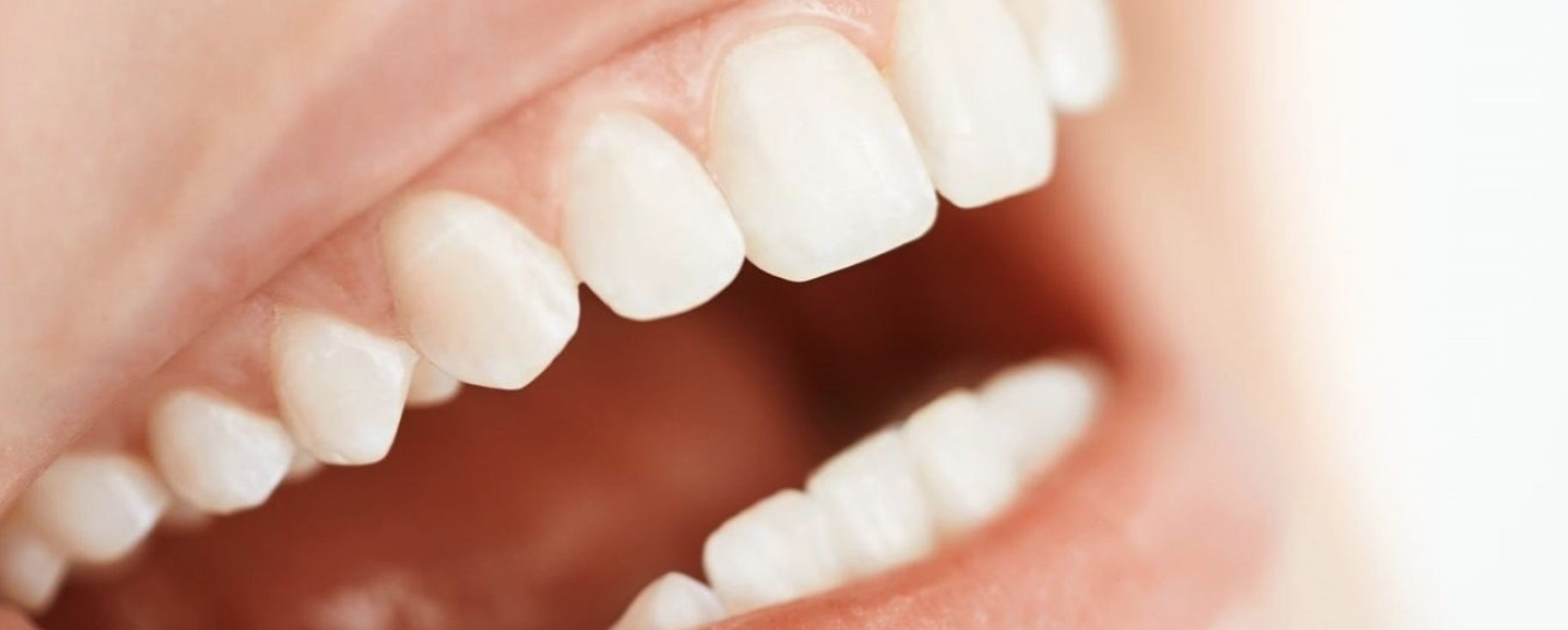Find your local Invisalign provider

Demineralisation: 5 Facts You Need to Know
Enjoying a beautiful smile is more than having straight teeth.
It’s about having a laugh or flashing a grin with teeth that are bright, clean and healthy.
However, if you’re not careful, you can develop demineralisation, a dental condition that can destroy your glowing smile and leave you hesitant in your interactions with others.
Knowing the facts on demineralisation is especially important if you’re looking to correct your malocclusion.
As you make decisions on your orthodontic treatment, you’ll want to ensure that you avoid this condition so nothing detracts from your perfectly aligned bite. To prevent long-term problems, here are 5 facts on demineralisation you need to know:
1. What Demineralisation Is
More than likely, you’re wondering, “What is demineralisation?” That’s an important question because the first step to avoiding this problem is knowing what it is and how to spot it.
According to WebMD, demineralisation is the…
“loss of mineral from tooth enamel just below the surface in a carious lesion; usually appears as a white area on the tooth surface.”
In other words, demineralisation damages the enamel coating of your teeth. To make sure you’re not suffering from this condition, the next time you brush your teeth, take a moment to look for anything white on your teeth.
2. How Demineralisation Happens
If you find white spots on your teeth, your next thought may be how these developed in the first place. DenistryIQ explains how demineralisation happens, giving some basics for how you lose that protective layer of enamel:
- Demineralisation occurs in an acidic environment in your mouth.
- This acidic environment doesn’t contain enough mineral ions relative to the minerals of your teeth.
- The acids of plaque bacteria begin to dissolve your enamel.
While this may sound like a chemistry lesson, demineralisation can have real-life effects on your smile, and here’s why…
3. Why Demineralisation and Cavities Go Together
When conditions in your mouth cause demineralisation, the consequences can mean more than a few white spots on your teeth. According to ToothIQ, demineralisation is actually the earliest stage of a cavity.
While you may associate dental caries with darkened teeth, yellow decay and sharp dental pain, the opposite is true. Finding white areas on your teeth is a quicker way to spot decay so you can prevent a larger cavity from forming.
4. Treatments for Reversing Demineralisation
There are some treatments for remineralising your teeth and turning back the clock on the decay.
According to an article found in the International Journal of Nanomedicine, here are some treatments for demineralisation:
- Probiotic bacteria. The article states that probiotic bacteria (you may know it as “good” bacteria) can treat cavities and lists a number of ways to find probiotics, such as dairy products, tablets, lozenges and more.
- Electric current treatment. The article also explains how a new treatment for demineralisation is on the horizon—remineralisation through an electric current.
- Dental composites. The article states that there are dental composites containing calcium phosphate to help your teeth remineralise.
5. Why Braces Can Lead to Demineralisation
While remineralisation is possible, your better—and easier—option is protecting your enamel. However, you’ll have a difficult time avoiding demineralisation if you choose metal braces.
Perhaps one of the most important facts to know about demineralisation is that braces are connected to this kind of unsightly tooth decay.
According to a recently published article in Scientific Reports, patients with fixed orthodontic appliances (i.e., braces) can experience demineralisation. What’s even more surprising, the researchers found that…
“a patient’s oral hygiene and dietary behaviours seemed to be irrelevant to the degree of demineralization.”
In other words, your tooth-brushing habits won’t remove your risk for demineralisation from braces.
You can still correct your malocclusion and keep your smile cavity free. The key to accomplishing both goals is finding an orthodontic treatment that makes it easy to remove demineralising plaque from your teeth.
Invisalign clear aligners not only give you a straight smile. They’re also removable so you can easily address any plaque buildup.
Straighten your teeth, and prevent cavities from ruining your new smile. See if Invisalign is right for you when you find your nearest MiSmile provider to schedule your free consultation.
Sources
1 http://www.webmd.com/oral-health/dental-health-glossary#3
2 https://www.toothiq.com/dental-diagnosis/tooth-enamel-demineralization/
Find your local Invisalign provider
Over 130 MiSmile Network practices across the UK
Find your local Invisalign provider



